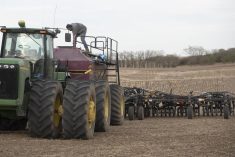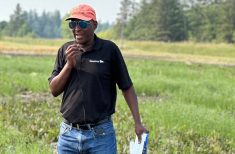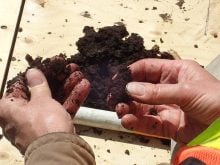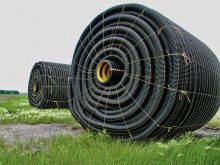Producers went back to biology class during a recent SaskOrganic’s field day in Spalding, Sask., and biodiversity was one of the lessons.
Kevin Elmy, cover crop consultant with Imperial Seed, urged producers to design systems that will increase species diversity. A truly diverse system, he said, should include a legume, grass and a forb to support a field’s microbiology and fight weeds.
“When we don’t have representation of a functional plant family, Mother Nature gives it to us,” Elmy said.
Read Also
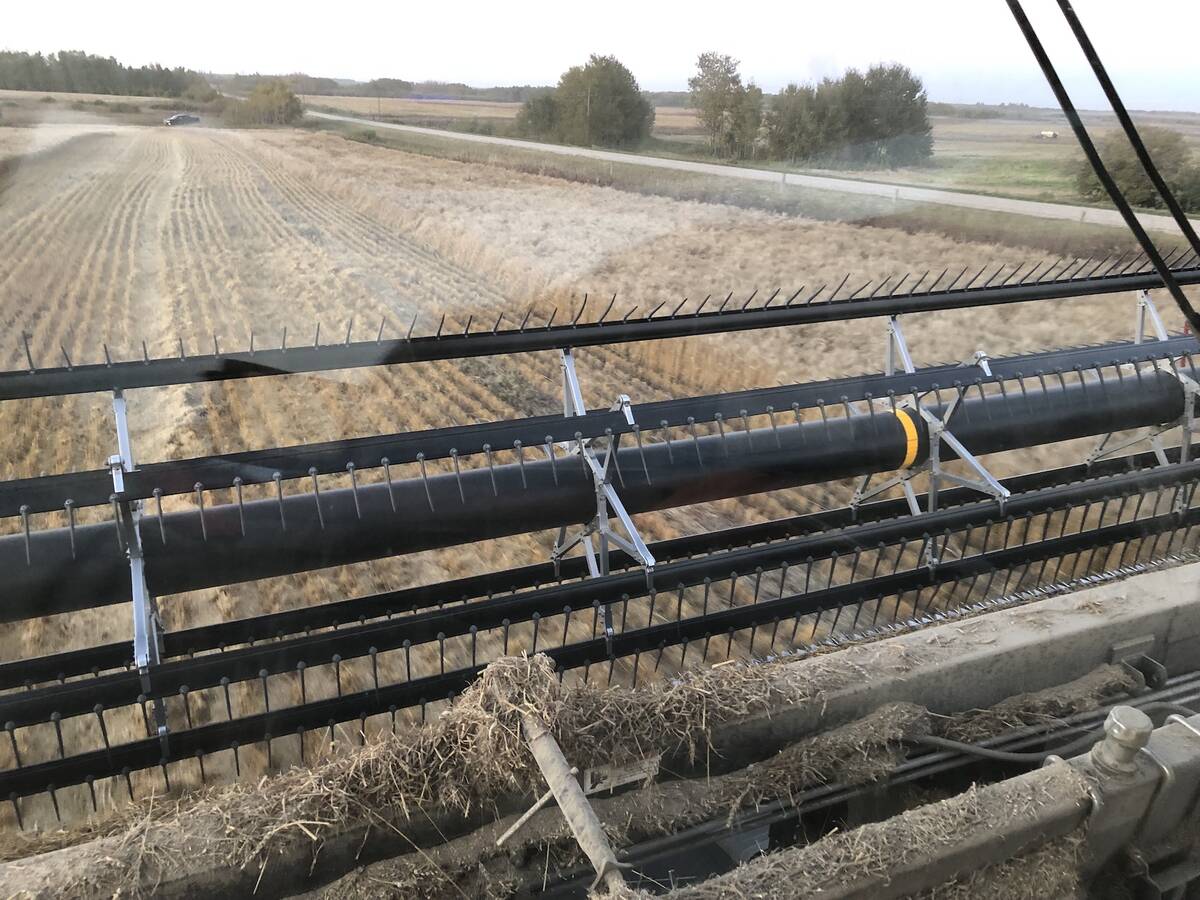
The poetic epic of Manitoba farming 2025
Former Manitoba Co-operator editor John Morriss returns for his yearly poetic sum up of the farming year and look ahead into 2026.
Why it matters: Organic production’s reliance on mechanical weed control is an issue for regenerative organic farms, since reduced soil disturbance is one of the concept’s main tenets.
That plant mix trifecta is especially important for those trying to tackle organic production without tillage, he said. He urged attendees to change how they think about weeds. Instead of seeing them as pests, think of them as soil indicators.
He used the example of quack grass taking over a field. The weed is known to thrive in low-calcium soils and might therefore indicate a nutrition problem.
If the producer addressed that deficiency with a cover crop, Elmy suggested including something in the mix that would accumulate calcium.
“Grow something with lots of cell walls, especially in the soil,” he said. “So, either a high root mass or turnips, radishes, beets; they have lots and lots of calcium.”
The best control is less about destroying weeds and more about replacing them with a similar, intentional plant, said Elmy. Getting rid of weeds helps the crop but also robs the field of organic matter and nutrients tied up in weed biomass.
“It’s ecological advantage,” he said. “Well, OK. We’ll take that away. We’re going to give (the system) what it’s searching for.”
The challenge of no-till
No-till and organic production often dovetail in philosophies about sustainability, but the latter generally relies on mechanical weed control and tillage. That challenge was highlighted in the field day’s no-till trial. The plot, hosted by Living Skies Organics and its owner, Jade Leicht, was heavily weeded.
The trial was a side-by-side comparison of conventional and no-till organic production. Oats were broadcast with a cover crop of red clover. Leicht said they’re trying no-till as a long-term strategy and intend to mow the plot next year.
“They’re just trial periods right now,” he said. “And then it’s learning by doing, that’s the thing you do.”
He’s unsure what seed he will add next year, but intends to use some of Elmy’s strategies.
Despite the challenges of incorporating no-till in organic production, Elmy says he has clients who make it work.
He compared the bacteria, fungi and nutrient cycling of the soil. In the tilled crop, the balance of bacteria to fungi weighs in favour of bacteria, he said, while fungi populations rise under no-till conditions.
“Bacteria cycle nutrients fast,” Elmy said. “So over here (the no-till), our bacteria slow down … our nutrient cycles slow down, so we get more of these perennial weeds.
“This is where we have to look at microbial companies and the amino acid groups. We need to add and support more bacteria to get our nutrient cycles going and to get the nutrient balance.”





